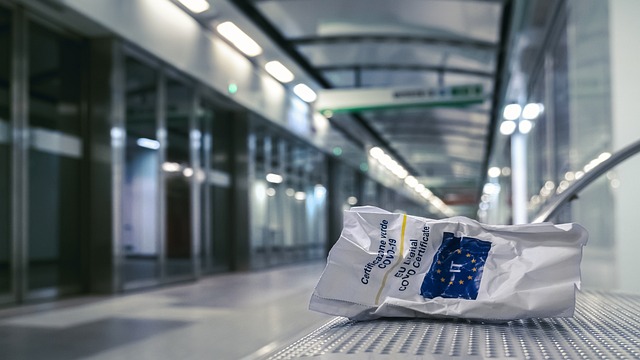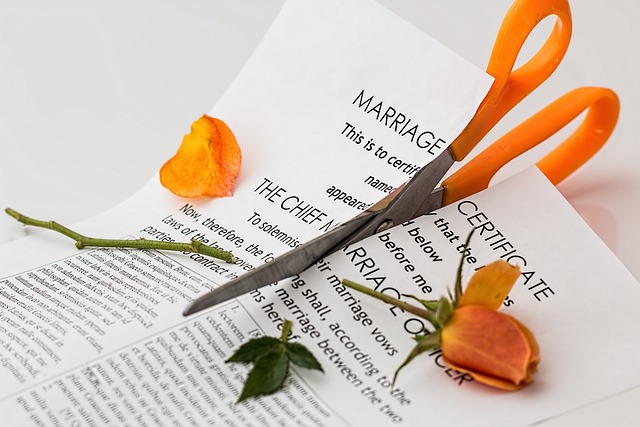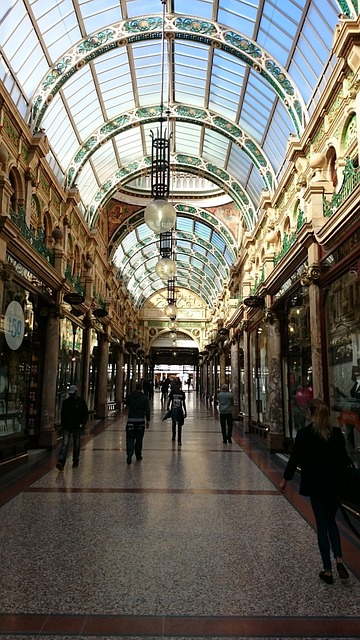LEED (Leadership in Energy & Environmental Design) certifies real estate projects for sustainability, evaluating them on environmental impact, efficiency, and innovation. Developers can achieve certification levels from Certified to Platinum, promoting practices that reduce energy and water usage, lower greenhouse gas emissions, and enhance indoor environments. This boosts property value, attracts eco-conscious tenants and buyers, and leads to long-term cost savings. LEED principles integrate sustainability into profitable real estate development, reducing energy consumption, minimizing waste, and attracting those prioritizing environmental responsibility.
“Leadership in Energy & Environmental Design (LEED) is transforming the real estate industry by promoting sustainable development practices. This article explores how the LEED framework influences building design and construction, driving environmental stewardship while enhancing property value. We delve into its impact on tenant appeal, demonstrating that green buildings are not just good for the planet but also profitable. Through integrating LEED principles, real estate developers can create efficient, appealing spaces, fostering a sustainable future.”
Understanding LEED: A Framework for Sustainable Real Estate Development
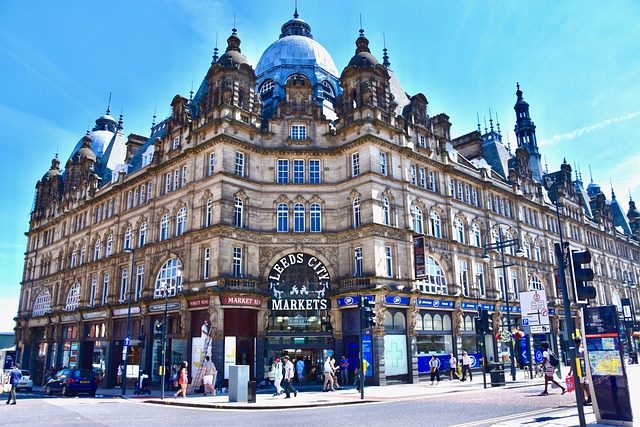
LEED, or Leadership in Energy & Environmental Design, is a global standard for sustainable real estate development. It provides a comprehensive framework that evaluates and certifies buildings based on their environmental impact, efficiency, and innovation. The system is designed to promote practices that reduce energy consumption, water usage, and greenhouse gas emissions, while enhancing indoor environments and contributing to the overall well-being of occupants.
For real estate developers and property managers, LEED offers a roadmap for creating high-performance buildings. By adhering to its guidelines, they can achieve certification levels ranging from Certified to Platinum, each signifying increasing levels of sustainability and efficiency. This not only enhances the environmental credentials of a project but also contributes to cost savings through reduced operational expenses and increased asset value in the long term.
The Impact of LEED Certification on Property Value and Tenant Appeal

LEED certification has a significant impact on property value and tenant appeal in the real estate market. Buildings that achieve LEED status are recognized for their commitment to energy efficiency, sustainable design, and environmental responsibility. This certification signals to potential tenants and buyers that the property is not only eco-friendly but also cost-effective, as LEED buildings often have lower operating costs due to reduced energy consumption.
The appeal of LEED-certified properties is evident in increased occupancy rates and higher rental values. Tenants, especially those from forward-thinking organizations, prioritize sustainable spaces for their employees, making LEED-certified buildings highly desirable. Moreover, real estate investors recognize the long-term value and resilience of these properties, as they are designed to adapt to evolving environmental standards and regulatory requirements.
Integrating Design, Sustainability, and Profitability in the Real Estate Industry through LEED Principles
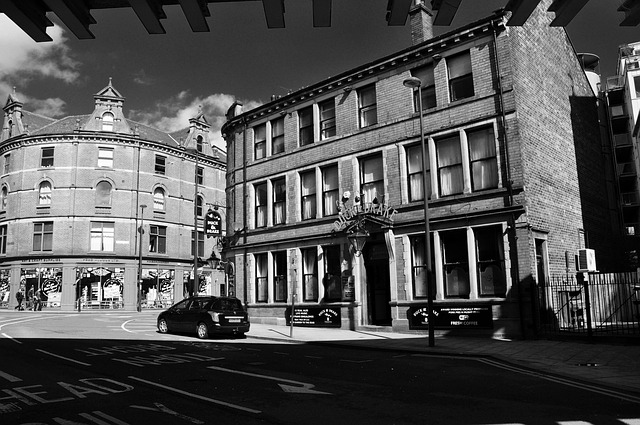
In today’s market, successful real estate development isn’t just about aesthetics; it’s a harmonious blend of design, sustainability, and profitability guided by Leadership in Energy & Environmental Design (LEED) principles. These principles offer a framework to create buildings that are not only visually appealing but also environmentally responsible and cost-effective in the long run. By integrating these principles into their practices, real estate professionals can reduce energy consumption, minimize waste, and enhance the overall value of properties.
LEED certification encourages innovative design strategies such as natural lighting optimization, efficient HVAC systems, and green materials usage. These features not only contribute to a healthier indoor environment but also attract eco-conscious tenants and buyers. Moreover, LEED buildings often command higher rental rates and property values due to their superior sustainability measures and long-term operational cost savings. This demonstrates that embracing sustainable design isn’t just an ethical choice; it’s a profitable strategy in the real estate industry.
